Survival Strategies for AI Painting Websites Amid Industry Giants
-
Recently, OpenAI announced the official launch of DALL-E 3 on ChatGPT Plus and Enterprise editions, signaling that AI painting is no longer just a novelty for OpenAI but has become a tangible revenue stream.
From an industry perspective, this seems inevitable. The higher the quality and performance of AI painting, the greater the technical barriers, and the 'paywall' built on this foundation becomes a natural progression.
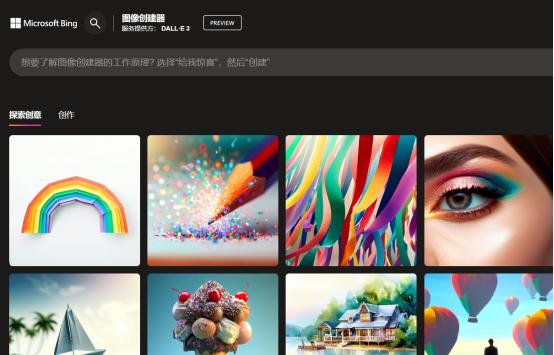
However, the current AI painting landscape is not just dominated by the 'big three'; there is also a vast array of open-source AI painting tools. With relatively weaker capabilities and an open-source nature, how do these diverse AI painting tools find their unique advantages and achieve profitability?
In the thriving global AI painting ecosystem, the business models of small and medium-sized enterprises can be broadly categorized into two types. The most common one is targeting the lower-tier market, focusing on continuously reducing user costs, and monetizing through this approach.
In this regard, the following domestic and international AI painting platforms serve as typical examples.
Among the many similar AI websites in China, Haiyi AI's standout feature is its suite of 'assistive functions,' enabling users without artistic knowledge or expertise in crafting prompts to create desired artworks with minimal effort.
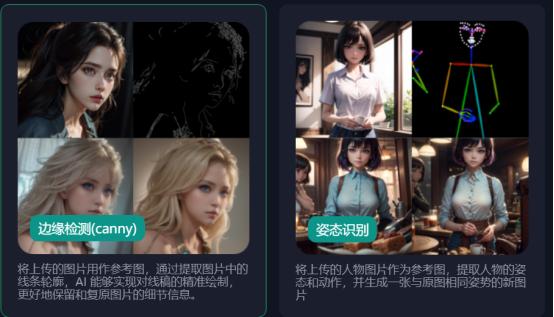
Many seemingly refined AI paintings circulating online are often the result of complex and lengthy prompts. Users may see an AI-generated image they admire but struggle to replicate it due to the obscure prompts behind it. To address this, Haiyi AI introduced features like 'semantic segmentation,' 'edge detection,' and 'depth detection,' helping users achieve effects they can't articulate.
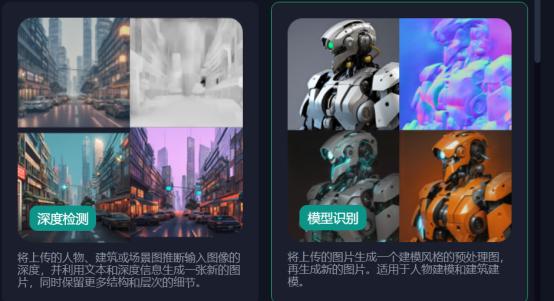
This way, users no longer need to wrestle with complicated prompts. By uploading a reference image, the AI intelligently analyzes its key elements. Currently, Haiyi AI operates on a freemium model, where free users can generate images but face limitations on quantity and speed, while VIP users enjoy unlimited generation and access to the latest Haiyi 2.1 version.
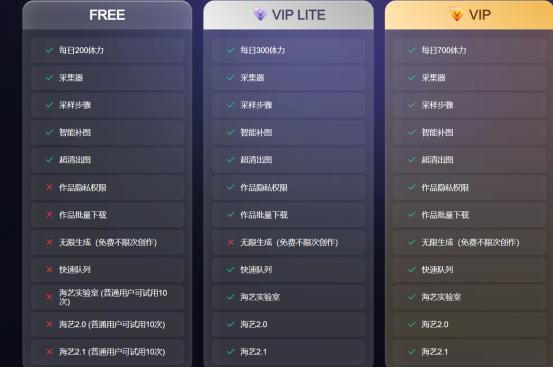
In one sentence, Wujie AI's unique selling point is its clever solution to the 'prompt' pain point in AI painting. Specifically, on Wujie AI's generation page, users can click the 'Spell Generator' above the input box to see clearly categorized prompts for objects, styles, camera angles, and more.
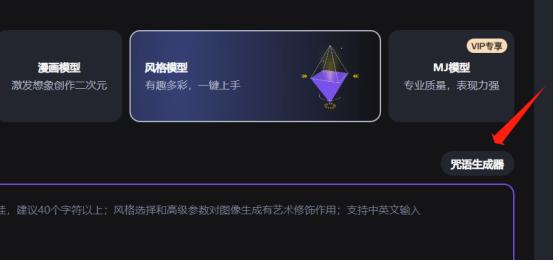
As mentioned earlier, the biggest hurdle in AI painting adoption is enabling ordinary users to achieve desired results through prompts—so much so that these cryptic prompts are often seen as 'spells' by outsiders. By deconstructing these prompts, Wujie AI demystifies the text-to-image process, allowing users to find corresponding prompts for characters, facial features, expressions, poses, actions, or environments, significantly lowering the barrier to creation.
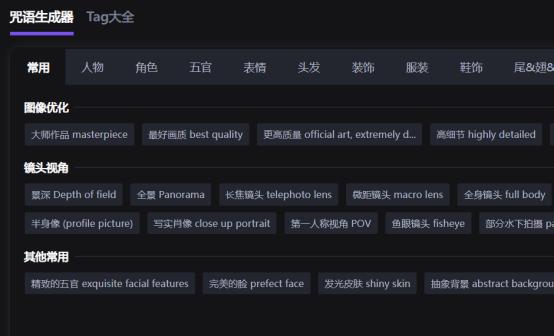
Like Haiyi AI, Wujie AI adopts a freemium model. Subscribers gain more professional usage time and unlock exclusive models, parameters, and training spaces.

This meticulous, hand-holding approach might seem trivial to seasoned AI artists, but for the vast lower-tier market of users with little to no exposure to generative AI, such low-barrier experiences become the deciding factor in whether they use the tool or not.
Realistically, while the usability and versatility of AI have improved since the rise of generative AI, society is still far from the point where 'most people can use AI.'
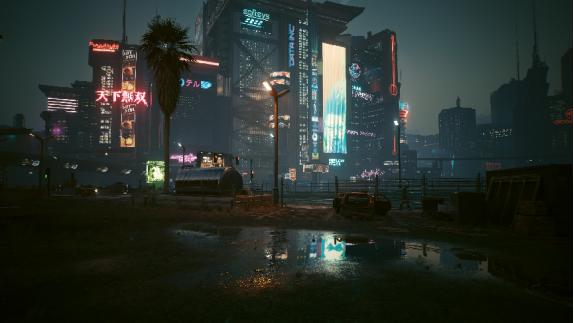
The author once learned in a WeChat group that some users in second-tier cities, though interested in AI painting tools like Midjourney or DALL-E 3, were deterred by the cumbersome process of bypassing firewalls and registering accounts. Thus, in the AI painting field, reach and accessibility can sometimes outweigh technical barriers.
Beyond lowering usage barriers, another category of AI painting platforms focuses on personalization and stylistic diversity. While top-tier tools like Midjourney and DALL-E 3 excel in performance, they may not cater to nuanced, diverse needs. This gap has allowed niche AI painting platforms to thrive.
In terms of personalization, Artguru.ai stands out by offering multiple styles (e.g., anime, oil painting, cartoon, cyberpunk) and an AI avatar generator reminiscent of apps like Miaoya Camera, enabling users to create distinctive artistic avatars.
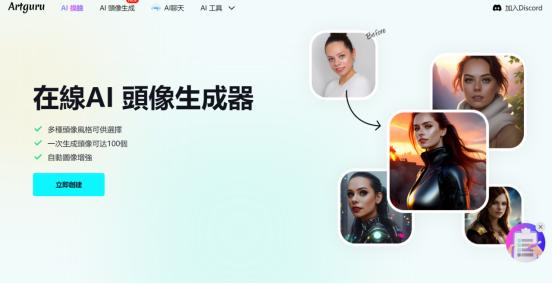
This fusion of AI painting and avatar generation addresses a blind spot in the AI image field: while face-swapping apps like DeepFace and FaceSwap can't combine face-swapping with stylized processing, generative AI fills this gap.
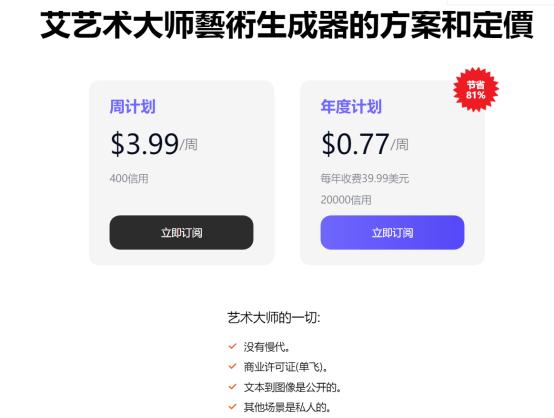
Artguru.ai operates on a subscription model, offering faster generation speeds and private commercial rights for generated images.
As a Stable Diffusion (SD) ecosystem platform, Liblib hosts a variety of unique SD models. Beyond popular models, users can find niche or highly specialized styles like 'cyber light mecha,' 'spiderweb wedding dress,' or 'figurine style transfer.' This user-driven model customization and community uploads foster a vibrant ecosystem.
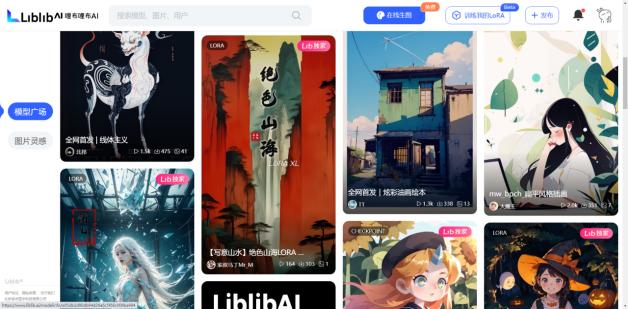
While users could theoretically achieve these styles with complex prompts in SD, a thriving community continuously spawns new, creative models—something pure technical barriers cannot replicate.
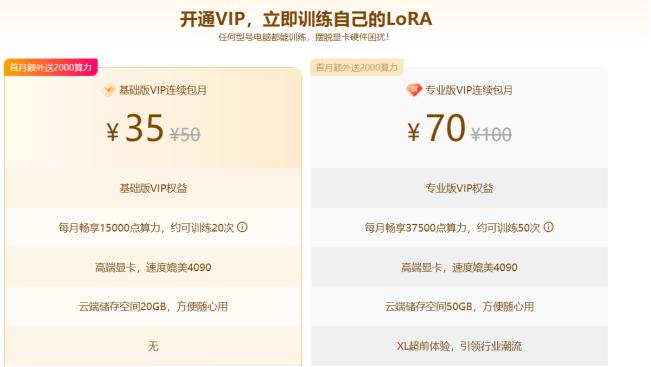
In terms of business model, liblib.ai adopts a model-centric monetization approach. After subscribing to a membership, users can train their own proprietary models, which is highly appealing to those with customization needs or a desire for personal style.
What if even 'personalization' and 'differentiation' become part of a homogenized, competitive rat race? In the current landscape where major AI painting platforms offer model customization, Miaohua AI's answer is to specialize deeply in a vertical direction until achieving stunning results!
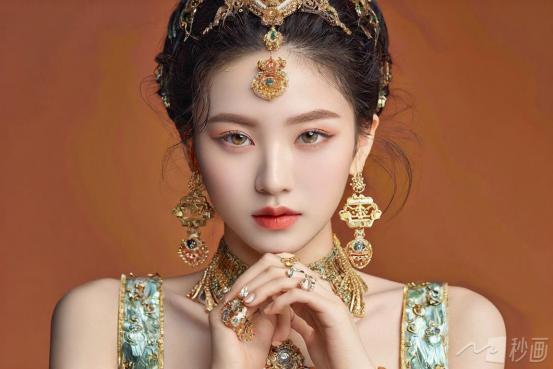
After integrating a new aesthetic guidance system, the latest Miaohua Artist v0.3.5 can generate more artistic works with professional photography-level depth-of-field effects, enhancing the visual appeal and texture details of the artwork.
Additionally, Miaohua AI has significantly optimized anime-style and Asian portrait generation, improving image quality and visual experience, making it more competitive in areas like portrait and anime character creation.
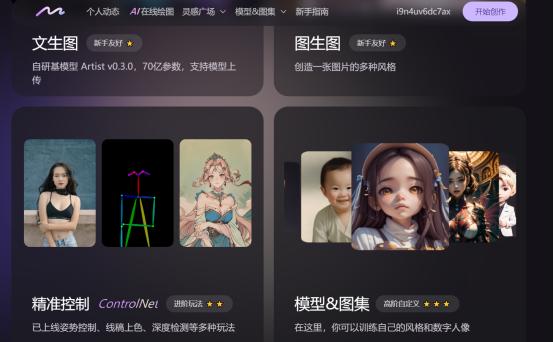
Currently, Miaohua has not yet launched its own monetization model and remains a free AI painting community. However, judging by its 'Model Square' and 'Image Square' modules, it may eventually adopt a user-driven business model similar to UGC communities, like liblib.ai, where model training iterations become the primary revenue source.
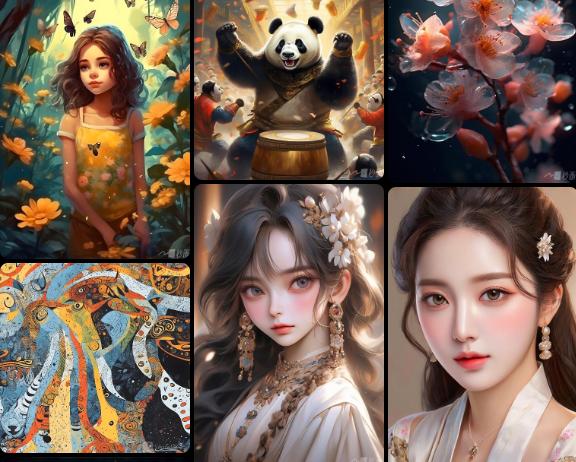
This shows that in the current AI painting landscape, despite numerous competitors and the 'big three' (MJ, SD, DELL) continuously deepening their moats, many players have found their unique niches, creating a diverse and vibrant industry ecosystem.
From the current AI painting ecosystem, the significance of so-called 'barriers' has been overestimated by the industry.
Previously, it was widely believed that monetizing AI painting, especially open-source AI painting, would be challenging. Low technical barriers mean anyone can replicate or use the technology. Under this assumption, only dominant, closed-source AI painting applications like Midjourney and Dall-E could profit.
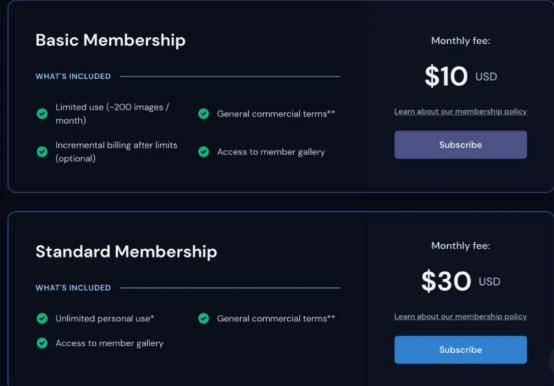
Midjourney's payment page
However, the market has shown that beyond 'absolute performance,' users prefer AI painting applications with lower entry barriers, better experiences, and more diversity and personalization. Whether through prompt assistance, model customization, or vertical specialization, various monetization directions and possibilities have emerged in the AI painting space.
From this perspective, the so-called 'numerous competitors' and 'raised barriers' are not only non-issues but even signs of industry prosperity. Because only in a validated, profitable field can such a flourishing scene emerge.
